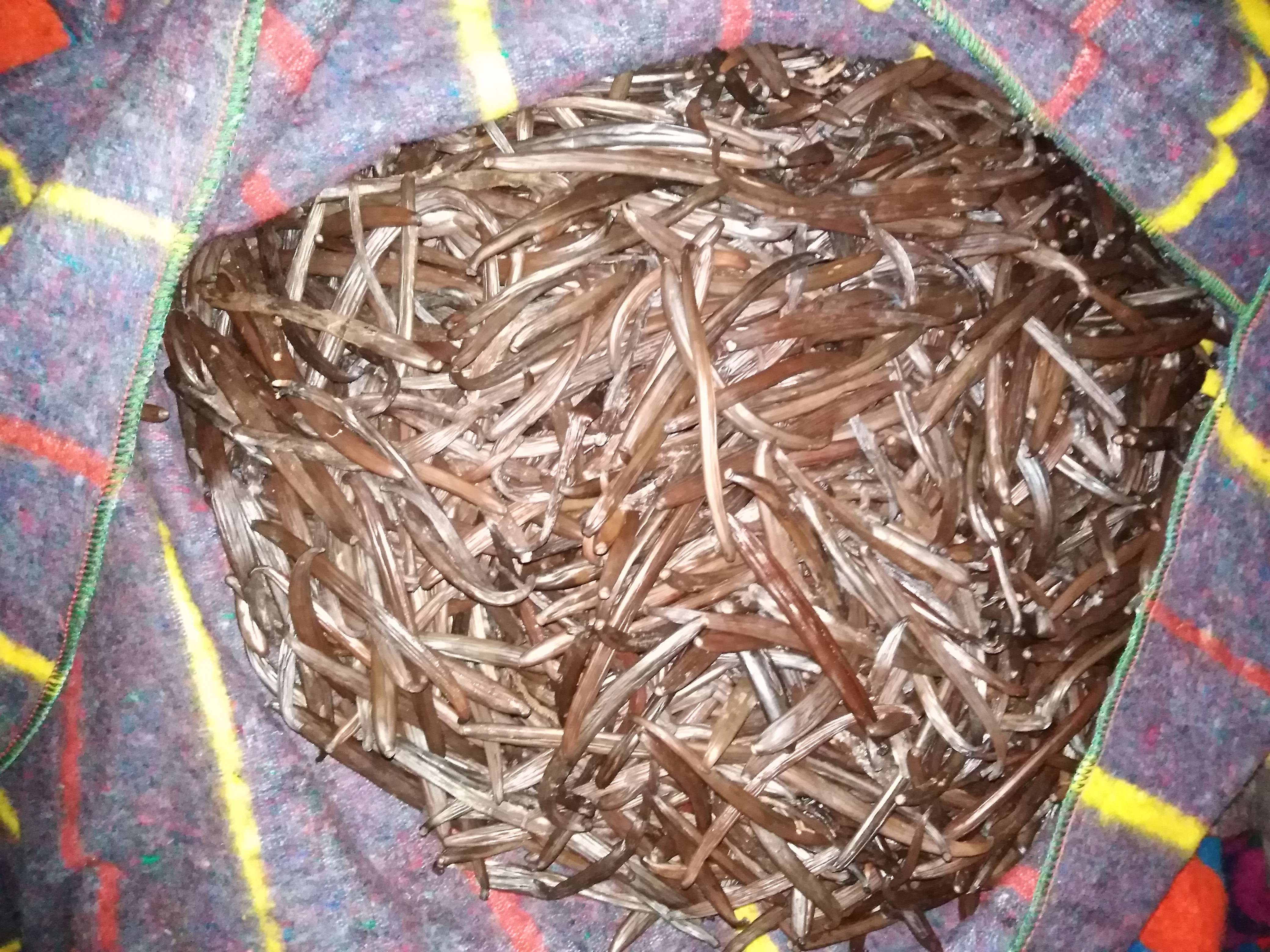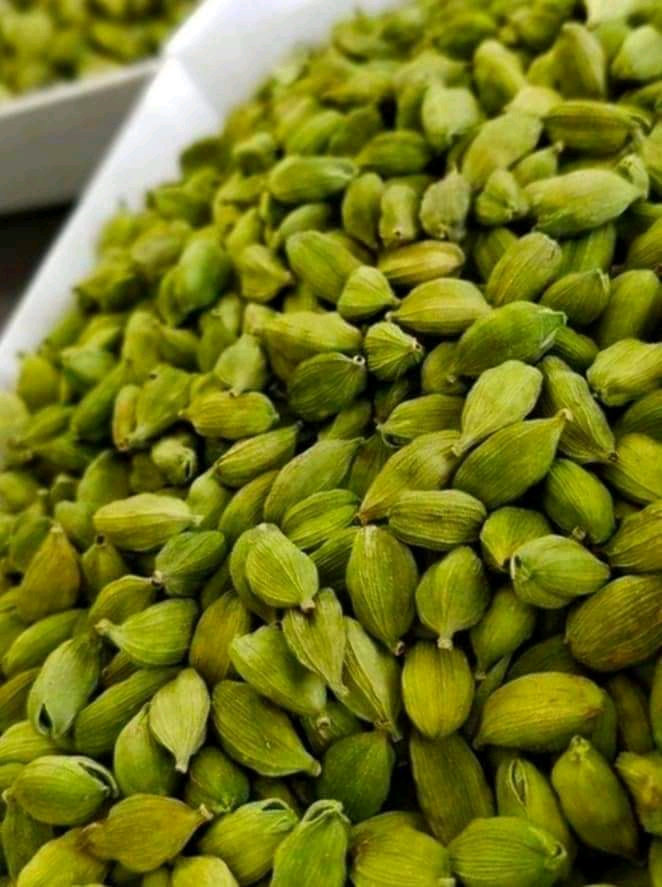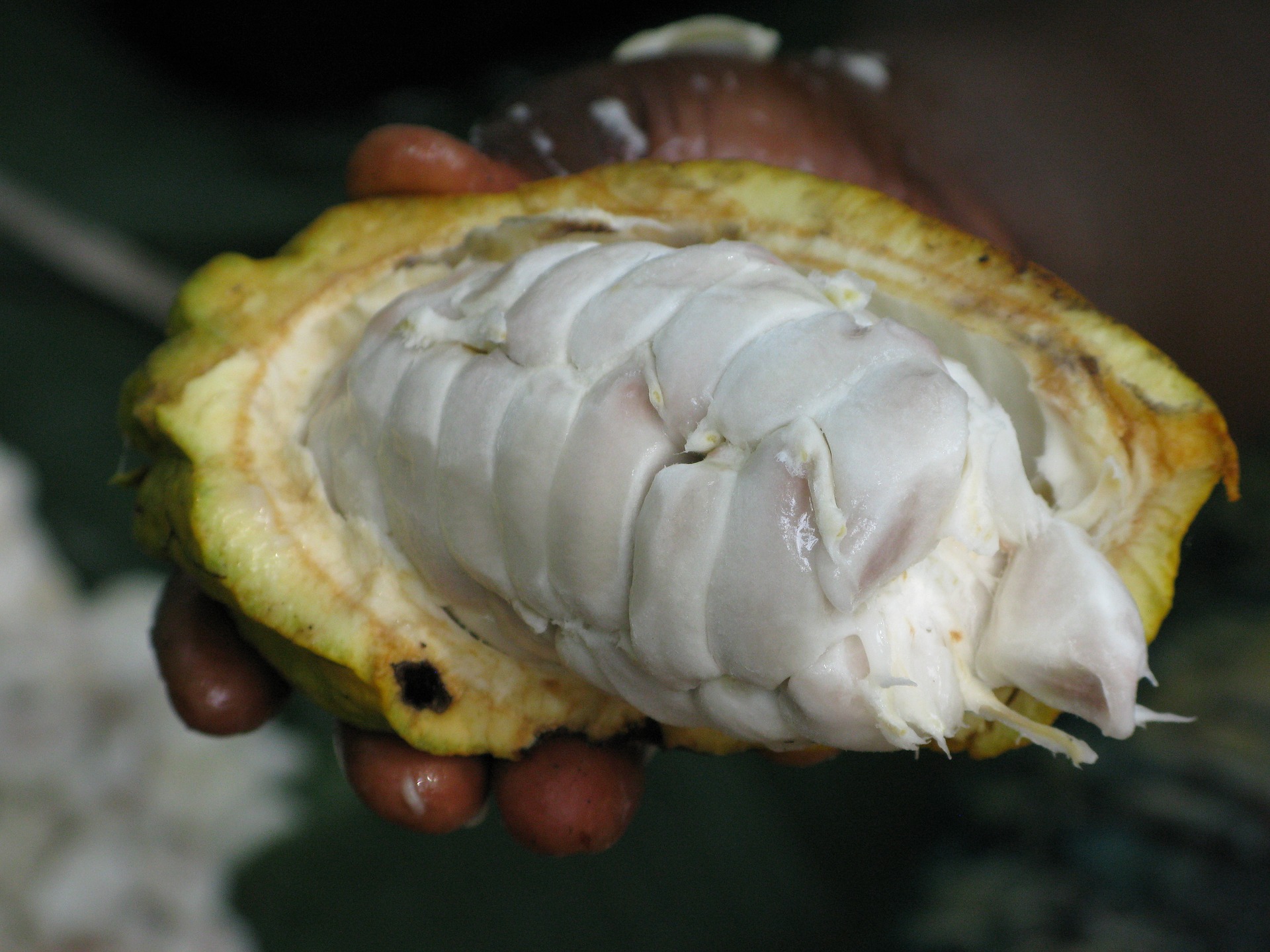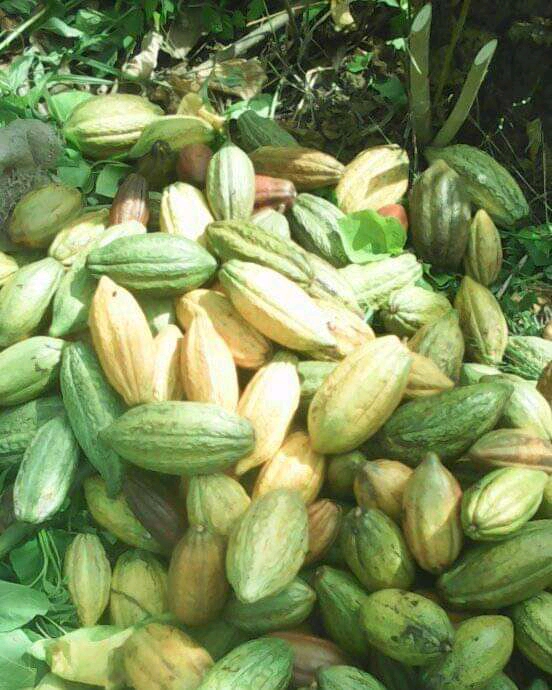Factors affecting the prices of Vanilla on the world market
Vanilla is one of the most popular spices in the world, and its prices can fluctuate significantly. The average price of vanilla beans has increased by over 500% in the past decade, and it is now one of the most expensive spices in the world.
There are a number of factors that can affect the prices of vanilla on the world market, including:
Demand: The demand for vanilla is driven by a number of factors, including the growth of the global food and beverage industry, the increasing popularity of vanilla-flavored products, and the rising affluence of consumers in emerging markets.
The global food and beverage industry is growing rapidly, and vanilla is a key ingredient in many popular foods and beverages, such as ice cream, chocolate, and cakes. The increasing popularity of vanilla-flavored products, such as vanilla lattes and vanilla yogurt, is also driving demand for vanilla.
Rising affluence in emerging markets is also contributing to the growth in demand for vanilla. As consumers in these markets become more affluent, they are more likely to purchase vanilla-flavored products.
Supply: The supply of vanilla is limited by the fact that vanilla orchids are difficult to grow and harvest. Vanilla orchids are only pollinated by a specific species of bee, which is found in only a few regions of the world. This makes it difficult to increase the supply of vanilla, even when demand is high.
In addition, natural disasters, such as cyclones and droughts, can also damage vanilla crops and disrupt supply. For example, in 2004, a cyclone devastated vanilla crops in Madagascar, the world's leading producer of vanilla. This caused the prices of vanilla to spike.
Currency fluctuations: The prices of vanilla are also affected by currency fluctuations. For example, if the value of the euro falls against the dollar, the price of vanilla in euros will increase.
Speculative trading: Vanilla is also a target for speculative trading, which can lead to sharp price swings. Speculation occurs when traders buy or sell vanilla futures contracts in the hope of making a profit from price movements.
For example, in 2007, there was a surge in speculative trading in vanilla futures contracts. This led to a sharp increase in the prices of vanilla, which eventually collapsed.
Government policies: Government policies, such as import quotas and export taxes, can also affect the prices of vanilla. For example, if a government imposes an import quota on vanilla, the prices of vanilla in that country will increase.
Technological advances: Technological advances, such as the development of synthetic vanilla, could potentially reduce the demand for natural vanilla and lower prices.
Synthetic vanilla is a cheaper alternative to natural vanilla, and it is becoming increasingly popular. If the demand for synthetic vanilla continues to grow, it could put downward pressure on the prices of natural vanilla.
Consumer preferences: Consumer preferences for vanilla-flavored products can also affect the prices of vanilla. For example, if consumers become more interested in natural vanilla flavors, the prices of natural vanilla could increase.
The prices of vanilla are complex and are affected by a number of factors. By understanding these factors, you can make informed decisions about when to buy or sell vanilla.
Conclusion
In conclusion, the prices of vanilla are constantly changing, and it can be difficult to predict future prices. However, by understanding the factors that affect the prices of vanilla, you can make informed decisions about when to buy or sell vanilla.
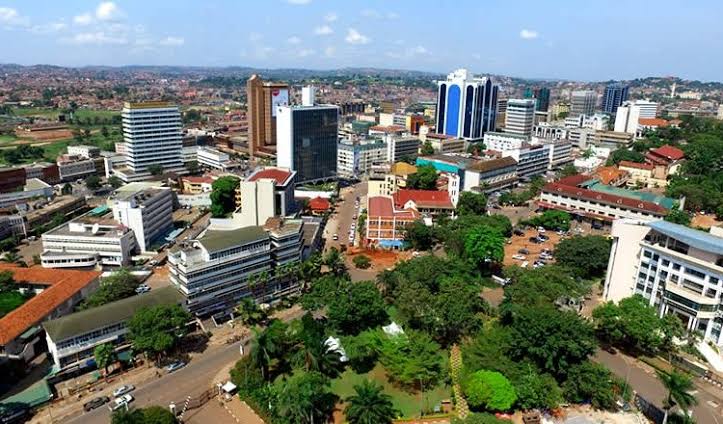 Aerial View Of Kampala City
Aerial View Of Kampala City Buy A 140K Grader In Uganda
Buy A 140K Grader In UgandaFor inquiries or Orders:
Contact Us On:-
E-mail: Info@flawlessconsultsug.org
Or
Call/Whatsapp Us on: +256-772 238575



